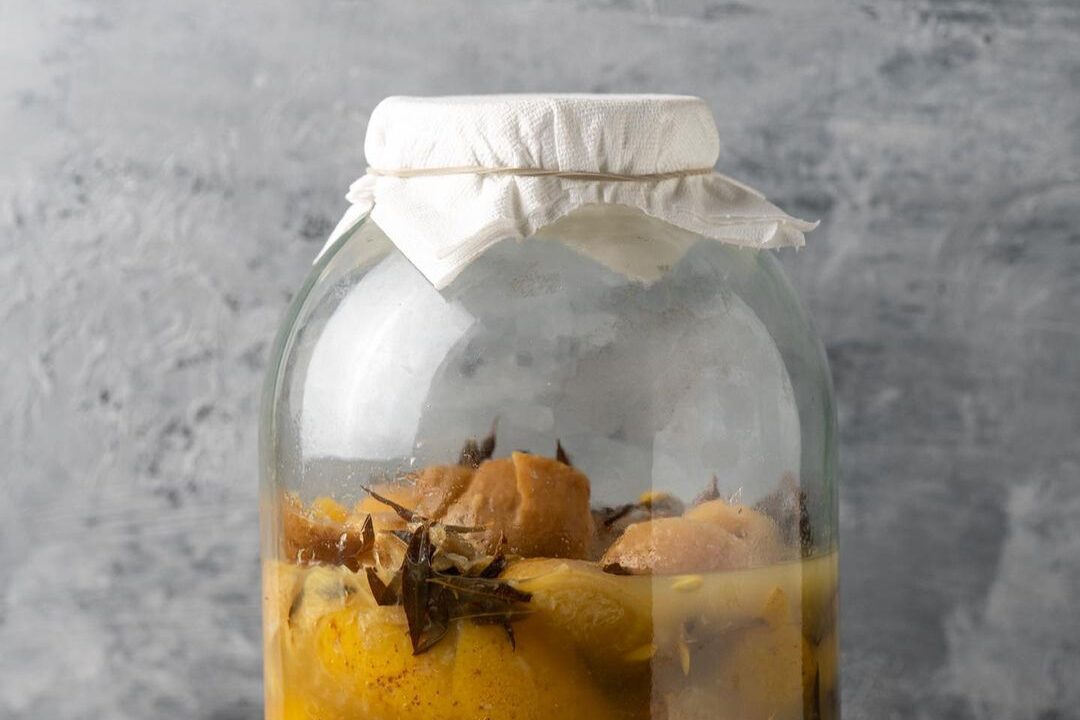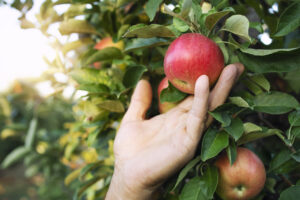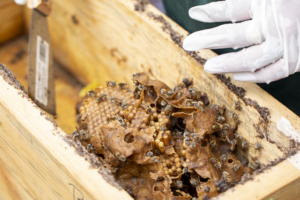
Kimchi fashion
Kimchi comes from the word “gimchi”, which literally means “dipped vegetables”. This is how Koreans stored vegetablefor the winter. The first dipped vegetables may have been prepared in the 7th century. Turnip kimchi was the first to be described. In the 12th century, it began to be eaten not only in winter, but also all year round.

It is a pickle based on Chinese cabbage and other vegetables, derived from Korean cuisine. There are over 100 varieties of dipped vegetables. You can treat it both as an appetizer and as an ingredient in soups, stews, pancakes and more. The importance of it in Korea is evidenced by the inclusion of this product – kimjang (winter kimchi) on the UNESCO list of intangible heritage.
Koreans consume 22 to 36 kg of kimchi per person per year. According to the Cultural Heritage Administration in Seoul alone, about 95 percent of Koreans eat this dish more than once a day; more than 60 percent eat them for breakfast, lunch and dinner. Trying to understand the essence of this product, you need to know that we divide them into two groups – seasonal and winter. Seasonal vegetables available at a given time of the year become the fist kimchi. The second consists of fermented or pickled vegetables, mainly Chinese cabbage, turnips and seafood.
How to kimchi
First, soak Chinese cabbage in salt water to kill any harmful bacteria, then add a paste based on aromatic spices to the vegetables. Wait until the whole thing has fermented. Fermented dish is sour, salty and usually quite spicy thanks to the chili flakes – gochugaru. It has a distinct taste and intense aroma.
As previously mentioned, kimchi is also a fantastic ingredient for other dishes, like jjigae – a stew with the addition of fermented vegetables, or jeon – a pancake to which the pickle will add a tasty spiciness. Kimchi ramen is a relatively modern dish, while Tofu kimchi is a popular Korean Combination.

A master of fermented vegetables
Sun Kim is a South Korean chef at Meta Restaurant in Singapore. His cooking style is a combination of Asian and Western culinary inspirations, mainly Korean, Japanese and French cuisine. More than once, Meta’s guests had the opportunity to enjoy the taste of famous dipped vegetables prepared by the chef and his team. So far, if you bravely search the web, you can find a recipe for his version of this pickle.
The creation process of kimchi is what allow it to be this healthy. Fermentation dates back thousands of years and is still considered a potentially important source of gut-friendly, healthy bacteria.









Post a comment